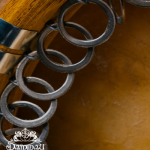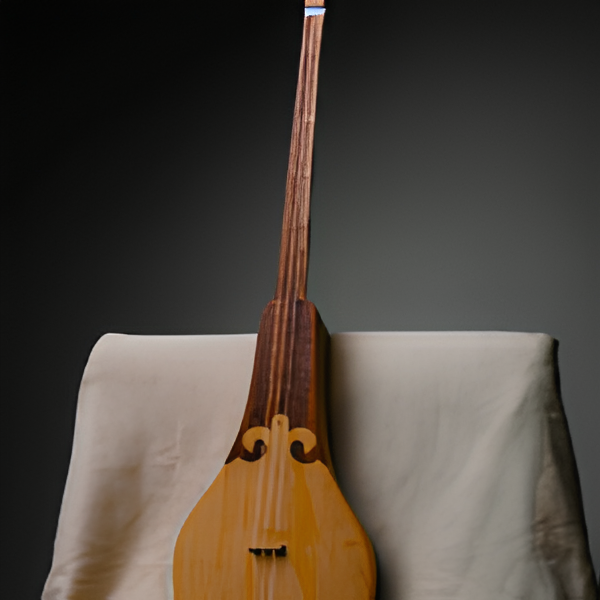A Gift from Admirers from Uzbekistan
DAIDIDAU.KZ
DAIDIDAU.KZ
DAIDIDAU.KZ
DAIDIDAU.KZ
DAIDIDAU.KZ
DAIDIDAU.KZ
DAIDIDAU.KZ
DAIDIDAU.KZ
DAIDIDAU.KZ
DAIDIDAU.KZ
DAIDIDAU.KZ
DAIDIDAU.KZ
DAIDIDAU.KZ
DAIDIDAU.KZ
DAIDIDAU.KZ
DAIDIDAU.KZ
DAIDIDAU.KZ
DAIDIDAU.KZ
DAIDIDAU.KZ
DAIDIDAU.KZ
DAIDIDAU.KZ
DAIDIDAU.KZ
DAIDIDAU.KZ
DAIDIDAU.KZ
DAIDIDAU.KZ
- ThePlus Audio


DOIRA
One of the most beloved musical instruments of the Uzbek people. Drawings and references to this instrument date back to the 10th century. The doira is a round frame made of hard wood, such as acacia, stretched with goat skin. Metal loops are attached to the frame, into which wire rings are inserted.
Before playing, it is recommended to place the doira in the sun or heat it over a fire so that it produces a more resonant and strong sound. When struck and rhythmically moved, the instrument, similar to a tambourine, produces characteristic sounds with a beautiful chime of rings. To enhance the effect, metallic thimbles are used.
The popularity of the doira is explained by the importance of rhythm in folk music in the countries of Central Asia. The Central Asian musical ethnographer August Eichhorn wrote about the doira: "The most widely used instrument among the sart (i.e., city dwellers), it accompanies singing and dance motifs. It is also used in puppet shows, acrobatic performances, and at feasts, known in the country as 'mashrap.' It is played by people of all ages, from the elderly to young people, married women, and girls."
The doira is played in usul, a special rhythmic accompaniment for dance or song, repeated throughout the performance. Usuls were described in the works of Navoi, Ibn Sina, and Al-Farabi. In the hands of a master, usul can resemble the roar of thunder or the gentle rustling of leaves.







